May 22, 2025 | 19:45 GMT +7
May 22, 2025 | 19:45 GMT +7
Hotline: 0913.378.918
May 22, 2025 | 19:45 GMT +7
Hotline: 0913.378.918
On the afternoon of March 19, the "China - Vietnam Pig Farming Innovation Forum" was held in Ho Chi Minh City, attracting leading experts from both countries. The forum focused on the application of digital technology and artificial intelligence (AI) in the pig farming industry, aiming for the sustainable development of the sector in both China and Vietnam.

The "China - Vietnam Pig Farming Innovation Forum" centred on the application of digital technology and artificial intelligence (AI) in pig farming. Photo: Tran Phi.
Speaking at the forum, Dr Nguyen Xuan Duong, Chairman of the Vietnam Animal Husbandry Association, shared: "The forum is not only an opportunity to exchange knowledge but also a foundation for cooperation, ensuring the sustainable development of pig farming in the region. Technology and AI will create new opportunities, helping to improve productivity, and quality, and minimize disease risks."
Experts also presented solutions for applying digital technology in pig farming, including using AI to monitor herd health, leveraging big data analytics to optimize farming processes, and improving disease control. One of the key highlights was the application of AI in predicting the health conditions of pigs, enabling farmers to take timely action to reduce losses from diseases such as African swine fever (ASF).
The program also discussed the current state of the pig farming industry and technological advancements in China. China currently has the world's largest pig herd, with 640 million pigs, while Vietnam ranks sixth globally with around 50 million pigs. Additionally, Vietnam is the world's second-largest poultry producer, following China.
Associate Professor Dr Le Van Phan from the Vietnam National University of Agriculture emphasized the importance of technology in disease control, particularly in tackling African swine fever. He noted that rapid testing technology, smart surveillance, and new preventive methods have helped curb the spread of diseases while creating a safer farming environment.
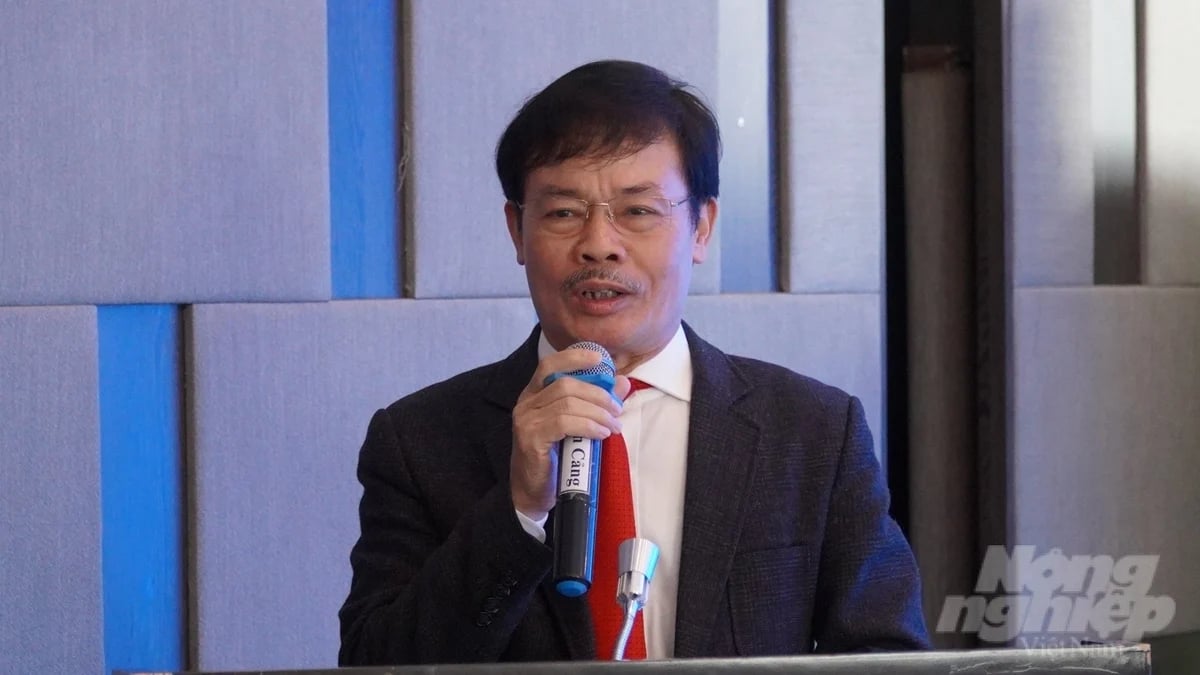
Dr. Nguyen Xuan Duong, Chairman of the Vietnam Animal Husbandry Association, spoke at the forum. Photo: Tran Phi.
The forum provided an opportunity for scientists, experts, and partners from China and Vietnam to exchange experiences on breed management, nutrition, disease prevention, and technological applications in livestock farming. These solutions will contribute to improving productivity, and product quality, and ensuring the sustainable development of the pig farming industry in both countries in the future.
The event also paved the way for international cooperation, helping the livestock sector address major challenges such as disease outbreaks while positioning digital technology and AI as key factors in the industry's growth.
Translated by Hoang Duy
![Reducing emissions from rice fields: [3] New values generated from carbon credit](https://t.ex-cdn.com/nongnghiepmoitruong.vn/608w/files/content/2025/05/19/dsc09613-144700_71-150957.jpg)
(VAN) In addition to helping safeguard the environment, the low-emission rice cultivation model also generates new opportunities for farmers by leveraging the carbon credit market.
![Ho Chi Minh city adapts to climate change: [1] Vulnerable in the whirlwind of development](https://t.ex-cdn.com/nongnghiepmoitruong.vn/608w/files/duyenht92/2025/05/19/3131-ngap-nongnghiep-163121.jpg)
(VAN) As the country's economic engine with a rapid urbanization rate, Ho Chi Minh city is facing increasingly serious consequences of climate change.
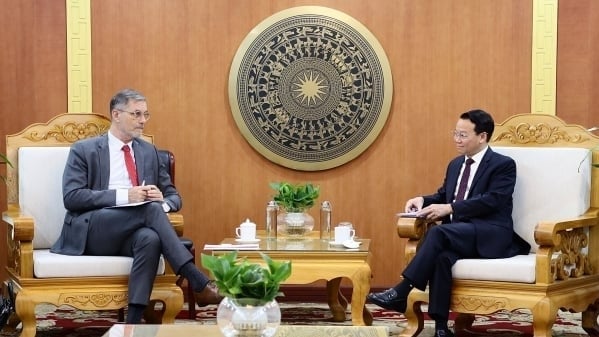
(VAN) On May 21, Minister of Agriculture and Environment Do Duc Duy worked with Mr. Olivier Brochet, Ambassador Extraordinary and Plenipotentiary of the French Republic to Vietnam.
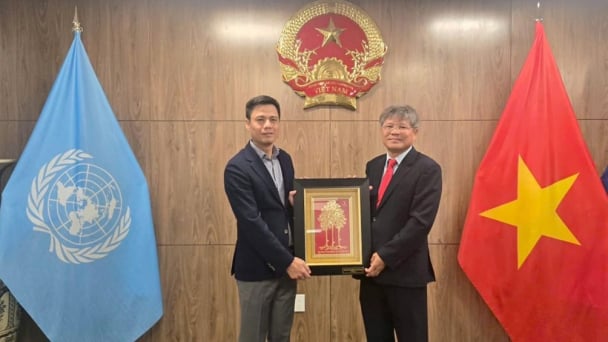
(VAN) VRG recently conducted a visit and working trip to the United States to demonstrate its efforts in redefining the role of rubber enterprises in the global value chain.
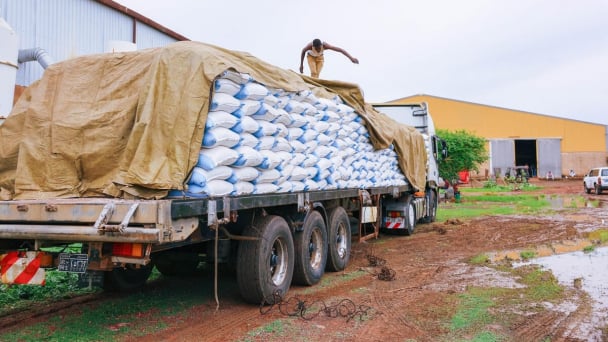
(VAN) In 2024, over 295 million people across 53 countries and territories faced acute hunger—an increase of almost 14 million people compared to 2023, while the number of people facing catastrophic levels of hunger reached a record high.

(VAN) World Environment Day 2025 (June 5) carries the theme 'Beat Plastic Pollution' continuing to emphasize the global urgency of addressing the plastic waste crisis.
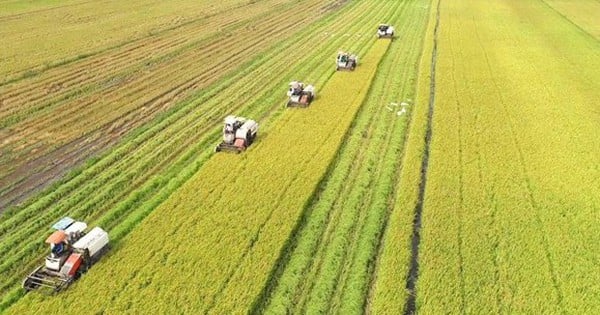
(VAN) This was the assessment shared by experts at the workshop titled 'Assessing the Role and Potential of Low-Emission Rice Production Systems in Vietnam,' held on the morning of May 19.